PROTECT YOUR DNA WITH QUANTUM TECHNOLOGY
Orgo-Life the new way to the future Advertising by Adpathway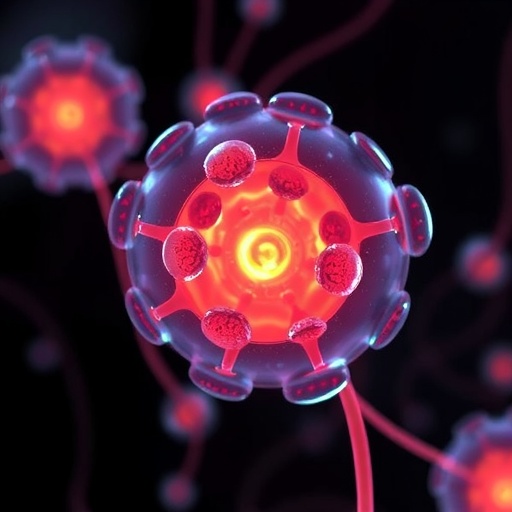
In an era where chronic pain management continues to challenge the realms of modern medicine, emerging research is carving out new pathways in the quest for effective therapeutic interventions. One groundbreaking study that stands out is conducted by De Francesco, Ferroni, Zanolla, and their collaborators, where they delve into the intricate role of extracellular vesicles derived from microfragmented adipose tissue. This innovative research not only sheds light on the underlying mechanisms of pain relief but also paves the way for potential clinical applications that could revolutionize pain management strategies.
The study published in the Journal of Translational Medicine presents compelling findings on how extracellular vesicles can ameliorate pain. Extracellular vesicles represent a diverse range of membrane-bound particles released by cells, playing crucial roles in intercellular communication. The authors embarked on comprehensive in vitro and in vivo investigations that scrutinize the physiological responses elicited by these vesicles, particularly focusing on their application in the management of pain, a persistent ailment that affects millions worldwide.
In their rigorous experimentation, the researchers began by isolating microfragmented adipose tissue, a technique that involves breaking down fat cells to create a rich source of regenerative potential. This method is especially promising because it not only enhances tissue viability but also amplifies the release of extracellular vesicles, which are laden with bioactive molecules known to modulate inflammatory responses—a critical aspect in pain perception. By harnessing these vesicles, the study seeks to understand how they can influence pain pathways, providing a strong scientific basis for their therapeutic application.
The cellular and molecular mechanisms underlying the pain-relieving properties of these extracellular vesicles are particularly fascinating. The study highlighted the vesicles’ ability to interact with various cell types integral to pain signaling and inflammation, notably immune cells and sensory neurons. Through a series of cellular assays, the authors demonstrated that these vesicles can significantly reduce pro-inflammatory cytokine levels, thereby diminishing the inflammatory milieu that often drives chronic pain conditions. This finding underscores the potential of extracellular vesicles in not only targeting pain symptoms but also addressing the root cause of inflammation itself.
In addition to in vitro investigations, the authors conducted in vivo experiments, reinforcing the translational aspect of their study. Animal models were used to simulate the complexities of human pain pathology, allowing the researchers to evaluate the efficacy of extracellular vesicles in a biological context. The results were astonishing: administration of the vesicles led to a notable reduction in pain-related behaviors, which were meticulously quantified through behavioral assays. This step provided pivotal evidence supporting the potential of cellular therapies in alleviating pain, a crucial milestone in the development of new treatment modalities.
What sets this research apart is its comprehensive nature. The systematic approach taken by De Francesco and colleagues encompasses both the biological basis and the clinical implications of their findings. The interplay between laboratory and clinical outcomes strengthens the argument for integrating extracellular vesicles into existing pain management frameworks. It opens avenues for further studies that consider patient variability, the timing of administration, and the dosage of vesicles required for optimal therapeutic effect, bringing us a step closer to personalized medicine.
Moreover, the implications of these findings extend beyond the realm of pain relief. The potential of extracellular vesicles in tissue regeneration and repair offers a dual benefit, positioning them as a promising candidate not only for managing pain but also for enhancing recovery in various musculoskeletal disorders. This dual application could significantly change the landscape of regenerative medicine, where there is often a pressing need for new approaches that can improve treatment outcomes.
The research also resonates well with ongoing discussions in the scientific community about the ethical implications of using such biologically derived materials. The biocompatibility and immunogenicity of extracellular vesicles are crucial considerations, especially when translating findings from animal models to human clinical settings. De Francesco and colleagues address these aspects, discussing how their findings can be harmonized with ethical guidelines and practical applications, ensuring that the development of such therapies aligns with broader societal values.
It’s also worth mentioning that while this study is monumental, it is not an isolated endeavor. It builds upon a growing body of literature that emphasizes the significance of cell-derived therapies in pain management. The intersection of regenerative medicine, cellular biology, and pain management is increasingly becoming a hotspot for innovative research, suggesting that the future may hold multiple avenues for addressing chronic pain.
Importantly, advances in technology and methodologies for isolating and characterizing extracellular vesicles have fostered this research. Sophisticated techniques such as high-throughput sequencing and mass spectrometry have enabled researchers to explore the cargo of these vesicles, elucidating the various proteins, lipids, and RNA species they carry. This wealth of information deepens our understanding of how these vesicles exert their effects and opens up new prospects for targeted therapies based on vesicular biomarkers.
As this research gains traction, the potential for clinical trials becomes increasingly viable. Future studies could expand on the current findings by integrating patient populations suffering from various chronic pain conditions. It would be essential to rigorously assess the safety, efficacy, and optimal administration protocols for extracellular vesicles in human subjects. If successful, these trials could mark a paradigm shift in the treatment of pain, challenging the traditional reliance on pharmaceutical interventions that often carry undesirable side effects.
Additionally, interdisciplinary collaborations will play a crucial role in translating these scientific advances into clinical practice. Engagement with clinicians, pharmacologists, and bioethicists will be vital to navigate the complexities involved in developing and deploying new therapeutic modalities. Ensuring that these innovations are grounded in practicality and ethical considerations will enhance their acceptance within the medical community and among patients.
In conclusion, the study conducted by De Francesco, Ferroni, Zanolla, and their team illuminates a promising frontier in pain management through the exploration of extracellular vesicles derived from microfragmented adipose tissue. By elucidating the mechanisms behind their pain-relieving effects, this research not only sets the stage for novel therapeutic strategies but also instills hope for those burdened by chronic pain. As the scientific community continues to unravel the intricacies of cellular-derived therapies, we are left with the anticipation of a future where effective, safe, and innovative pain management solutions are within reach.
Subject of Research: Mechanism of action behind the pain-relief effects of extracellular vesicles in microfragmented adipose tissue.
Article Title: Mechanism of action behind the pain-relief effects of extracellular vesicles in microfragmented adipose tissue: an in vitro and in vivo study.
Article References:
De Francesco, F., Ferroni, L., Zanolla, I. et al. Mechanism of action behind the pain-relief effects of extracellular vesicles in microfragmented adipose tissue: an in vitro and in vivo study. J Transl Med 23, 931 (2025). https://doi.org/10.1186/s12967-025-06930-4
Image Credits: AI Generated
DOI: 10.1186/s12967-025-06930-4
Keywords: Pain relief, extracellular vesicles, microfragmented adipose tissue, inflammation, chronic pain management, regenerative medicine, cellular therapy.
Tags: adipose tissue-derived therapeutic interventionschronic pain relief researchclinical applications of extracellular vesiclesextracellular vesicles for pain managementgroundbreaking pain relief researchin vitro and in vivo pain studiesinnovative pain management strategiesintercellular communication in pain reliefmechanisms of pain ameliorationmicrofragmented adipose tissue applicationsregenerative medicine for chronic paintranslational medicine in pain therapy


 8 hours ago
14
8 hours ago
14
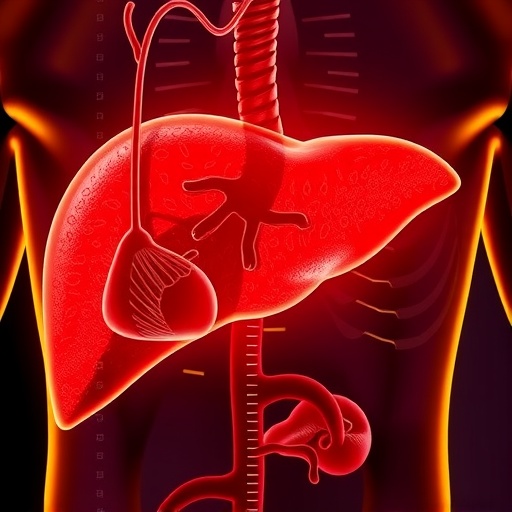
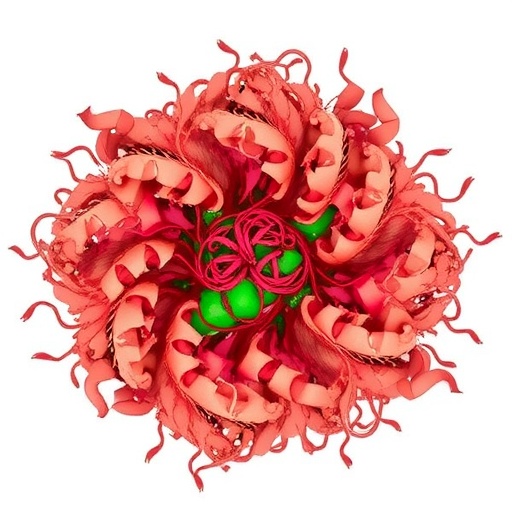
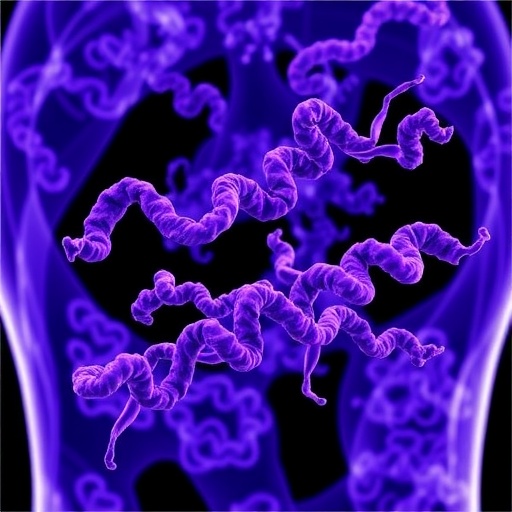
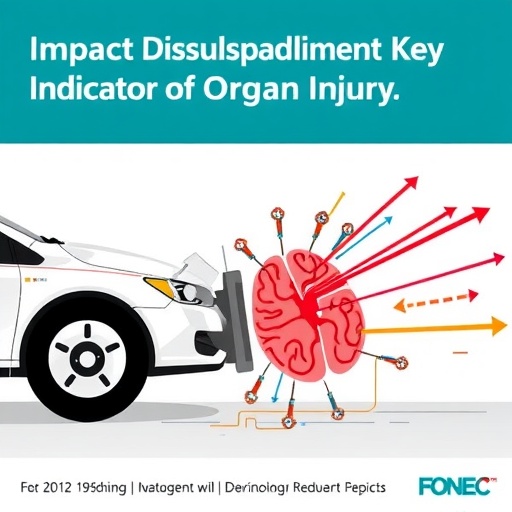
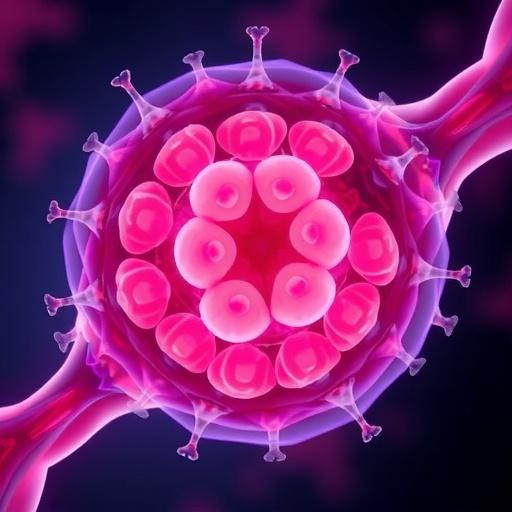
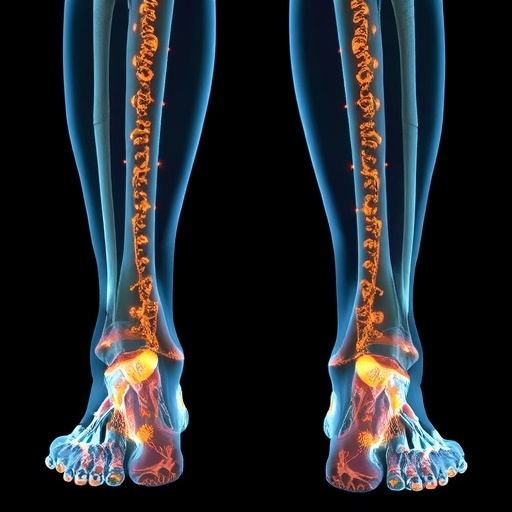
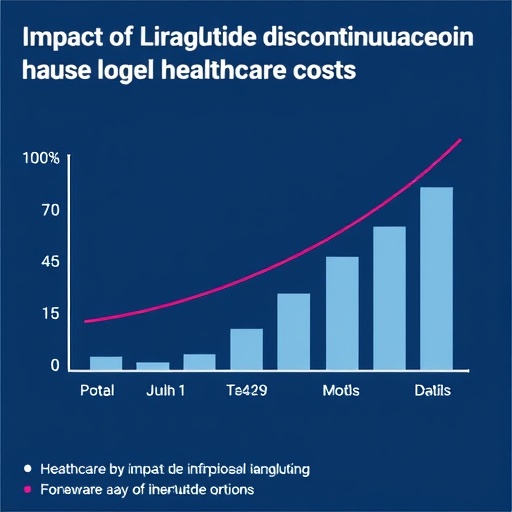














 English (US) ·
English (US) ·  French (CA) ·
French (CA) ·